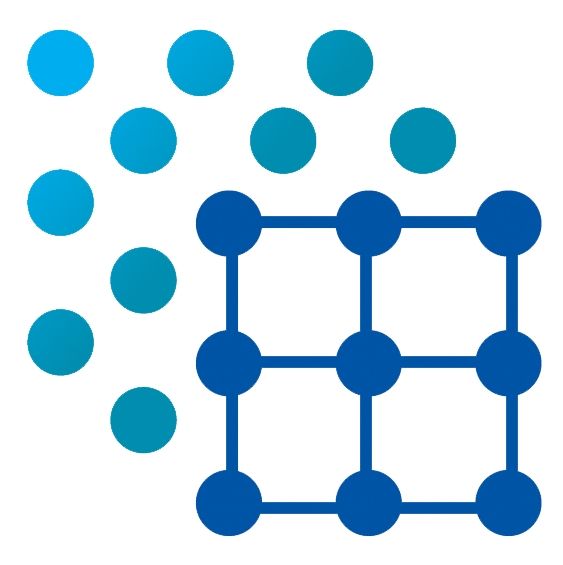It’s easy to forget how much of our scientific work hinges upon comparative data. The entire field of metrology is concerned with the verification and maintenance of “standard reference materials” (SRMs). Creating a perfect reference standard essentially involves proving a negative. In the XRD world, we need to prove that there are no impurities, no crystalline defects, no unaccounted for thermal variations, no stress/strain effects present, and above all, that the first unit produced is effectively identical to the last
We’ve been experimenting with better ways to quantify the quality of XRD tubes in the shop. We use these tests on new and used tubes to monitor performance in two key areas. 1) Intensity 2) Spectral purity. What we’ve settled on is a test that involves a wavelength-dispersive approach which gives us a lot of intensity to work with while eliminating background scatter and fluorescence effects. Basically, we’re able to extract more information from the data because the “noise” is almost
Another fully-rebuilt, digital autosampler out in the wild. This one is on a system that already has one of our Si-Drift Detectors and an awesome ICDD Jade Pro/PDF-4+ software package. We’ve got all the fancy new hardware at our in-house lab, but when we need the absolute best data, this is our goto configuration.




